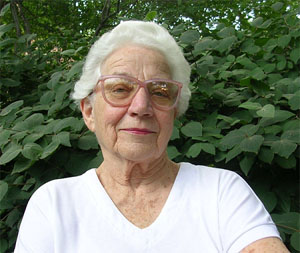
Leah R. Baer
Leah R. Baer earned her MA and PhD degrees at The University of Chicago. While studying at Ferdowsi University in Mashhad, Iran in the summer of 1978, she attended worship services at the local knisa. Her brief encounter with the Iranian Jewish community prompted an interest in the reasons for the differences between their traditions and those of Jews of European heritage. Her work focuses on the influence of the dominant society on the behavioral patterns of a minority population. She is an independent scholar who has contributed chapters to several books on the cultural and social heritage of Iranian Jews. She lives in suburban Chicago.
LIST OF ILLUSTRATIONS
INTRODUCTION
Chapter 1. WHO ARE THE IRANIAN JEWS
The Birth of Islam
Pre-Safavid Iran
Iranian Jews and Sephardim
Chapter 2. DIFFERENT POLICIES AND DIFFERENT OPPORTUNITIES
Under Safavid Rulers
Under Qajar Rulers
Schooling for Jewish Children
The Constitutional Revolution (1906-1911)
Under the Pahlavis
The Islamic Revolution of 1979
Emigration
Chapter 3. ETHNICITY AND CULTURE
Chapter 4.RELIGION AND SOCIETY
Iranian Jews and the United States
Chapter 5. TANGIBLE OBJECTS AND INTANGIBLE THINGS
Chapter 6. LIFE’S EVENTS
Birth
Ben Mitzvah
Betrothal and Marriage
Death and Mourning
Chapter 7. HOLIDAYS AND OBSERVANCES
Rosh Hashonah
Yom Kippur
Succoth
Chanukah
Tu B)Shevat
Purim
Passover
Lag Ba`Omer
Shavuot
Tishah B`Av
Shovavim
Norouz
Chapter 8. IRANIAN JEWISH FAMILIES IN AMERICA
EPILOGUE
BIBLIOGRAPHY
INDEX